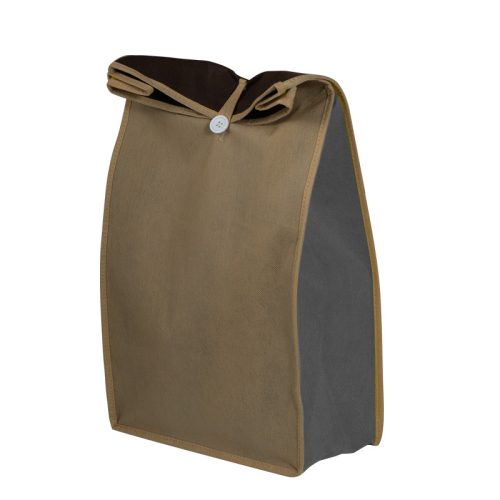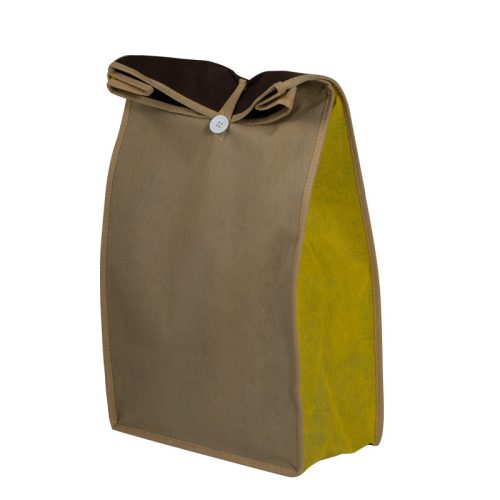When choosing grow bags for your plants, there are a few factors to consider:
- Size: The size of the grow bag is important and will depend on the type of plant you want to grow. Smaller plants, such as herbs or flowers, can do well in a 1-2 gallon grow bag, while larger plants, such as tomatoes or peppers, will need a larger grow bag, such as a 5-10 gallon size. Make sure the grow bag is large enough to accommodate the roots of the plant.
- Material: Grow bags can be made from different materials such as plastic, fabric, or biodegradable materials. Plastic grow bags are durable and can be reused for several growing seasons, while fabric grow bags are more breathable and allow for better air circulation around the roots. Biodegradable grow bags are eco-friendly and can be composted after use.
- Drainage: Good drainage is essential for healthy plants, so make sure the grow bag has drainage holes or slits at the bottom to allow excess water to drain out.
- UV protection: If you plan to place your grow bags in a sunny location, choose grow bags that have UV protection to prevent them from breaking down or becoming brittle over time.
- Handles: Some grow bags come with handles, which make it easier to move the plants around or to transport them if necessary. Handles can also help to prevent the grow bag from tearing or ripping.
- Brand and Price: Consider buying grow bags from reputable brands that offer quality and durable products. However, it is important to note that expensive grow bags do not always guarantee better results. You can still find affordable grow bags that will work well for your plants.
By considering these factors, you can choose the right grow bags for your plants and ensure they have the best possible growing conditions.


